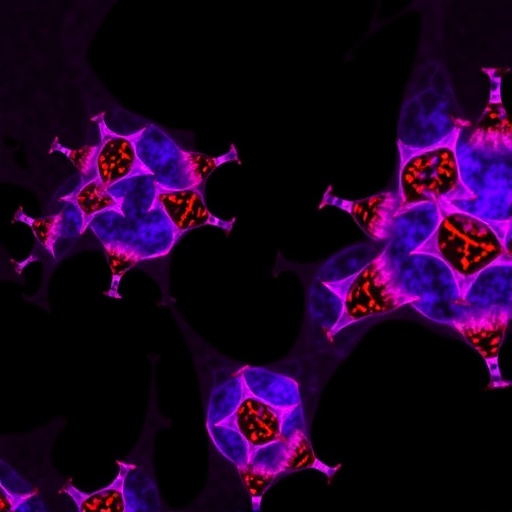UMass Amherst scientist tests hospital masks processed up to 10 times for reuse

Credit: UMass Amherst
Certain methods of decontaminating medical face masks for repeated use during the COVID-19 pandemic appear to damage the masks’ integrity and protective function, according to research by a University of Massachusetts Amherst environmental health scientist.
“Some treatments for decontamination had no impact on respirator performance, while other treatments resulted in substantial damage to masks,” writes Richard Peltier, associate professor in the School of Public Health and Health Sciences and lead author of the paper published July 16 in the journal Infection Control and Hospital Epidemiology.
Peltier received a fast-track grant from the National Science Foundation in May to study the impact of various sterilization techniques authorized for emergency use by the Food and Drug Administration (FDA) in light of the shortage of medical face masks, also known as N95 respirators.
“Given the global N95 shortages, clinicians face a choice: wearing a used, and potentially infected respirator, or wearing one that was decontaminated through a process that may affect the integrity of the respirator,” says Peltier, whose co-authors include doctors and researchers at New England Baptist Hospital in Boston and UMass Memorial Medical Center in Worcester.
Peltier uses state-of-the-art pollution detection instruments and a mannequin head in his lab to measure whether microscopic particles can pass through the masks after they are sterilized. “Respirators must be effective across a range of potential conditions to provide protection since droplets that contain virus particles immediately start to evaporate and shrink,” he explains.
While the testing was limited by the availability of processed masks provided by hospitals in Massachusetts, the study draws several generalizable conclusions, Peltier says.
Respirators that were treated between one and 10 times with specific vaporized hydrogen peroxide (vHP) sterilizers or up to five times with shorter decontamination cycles of gas plasma hydrogen peroxide (gpHP) retain their original filtration capabilities. A decontamination process using ultraviolent germicidal irradiance (UVGI) slowly diminishes filtration efficiency, reaching a level “that warrants caution” after nine repeated treatments, the research found. “However, there are still a number of sterilizer systems that are being used on these masks which we don’t have information about and therefore can’t determine if they keep workers safe,” Peltier says.
Treatments with high concentrations of gpHP or longer processing times degraded filtration performance below the requirement for N95 masks, which should be capable of filtering 95% of 300 nanometer (nm) particles.
For comparison, Peltier also tested a KN95 mask, some brands of which have been removed from the FDA’s emergency-use list due to poor performance, and a four-ply polyester bandana. Neither had been treated with any decontamination technique, and both performed below N95 standards. Peltier also found that immersing an N95 mask in a 10% bleach solution degraded its performance.
Peltier notes that his study did not address the masks’ fit or general integrity, including elastic function, corrosion on staples and compression of the respirator, all of which are important for proper functioning. His research highlights the importance of using decontamination techniques shown to be safe for the reuse of N95 masks.
“We hope this work supports good decision-making that protects those who are on the front lines of this pandemic keeping us all safe,” Peltier says. “Without them, none of us are safe.”
###
Media Contact
Patty Shillington
[email protected]
Original Source
https:/
Related Journal Article
http://dx.




